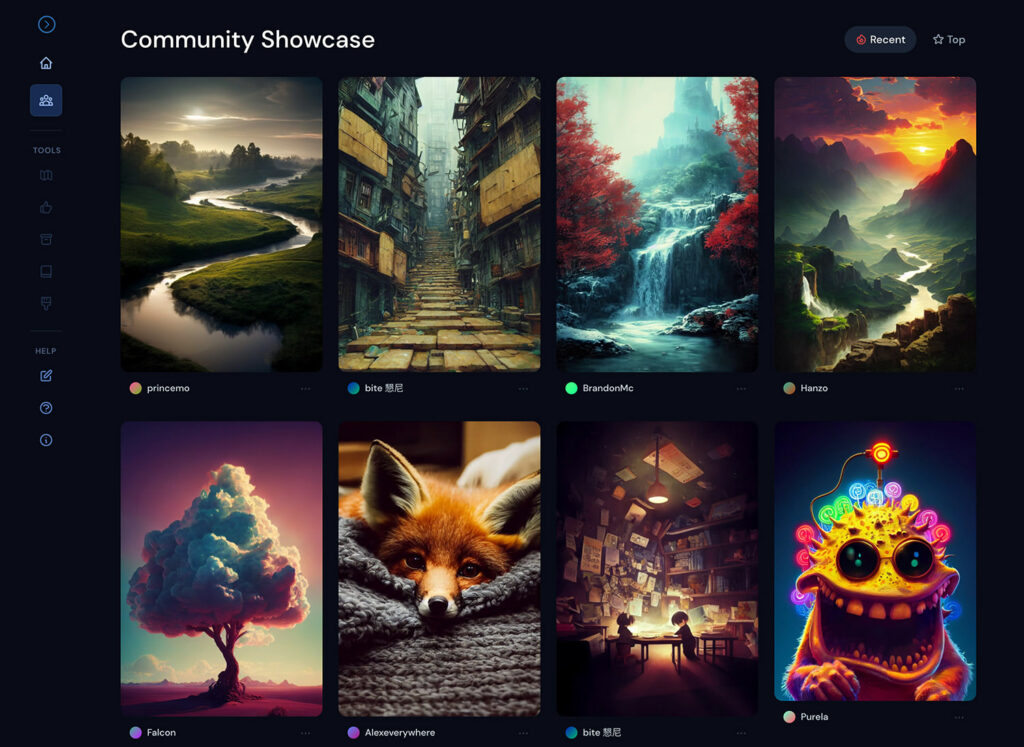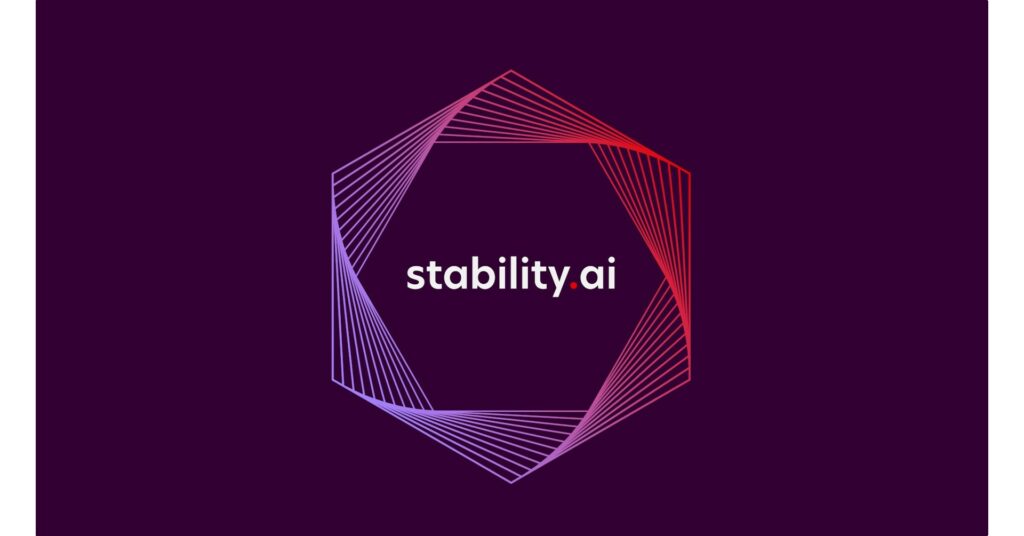The Stable Diffusion/Midjourney lawsuit could send the art world back to the dark ages by setting a precedent that limits the creative freedom of AI artists.
As we stand at the cusp of a new era of art, it’s time to open our minds and embrace the possibilities of AI-generated art. With the advent of advanced algorithms and machine learning, Stable Diffusion and other tools have provided artists with an entirely new set of tools to actualize their creative visions. It’s time to break free from the shackles of traditional art forms and embrace the beauty and diversity that AI art has to offer.
RELATED: ChatGPT is at Capacity: OpenAI reserves access to highest bidders
Artificial Intelligence (AI) has been making waves in the art world in recent years, and for good reason. With the advancements in technology, AI-generated art has become increasingly sophisticated, and many argue that it should be respected just as much as traditional art forms. One of the biggest advantages of AI-generated art is the speed and efficiency at which it can be created.
With the use of algorithms and machine learning, AI artists can create a vast amount of artwork in a fraction of the time it would take a traditional artist. This not only allows for a greater output of artwork, but it also allows for a greater diversity of styles and techniques.
Advantaged of AI.
Another advantage of using AI art tools is the ability to create art that is highly detailed and precise. With the use of computer programs, AI artists can achieve levels of precision and accuracy that would be impossible for a human artist to replicate. This is particularly useful for creating art that is highly abstract or complex, such as fractals or generative art. Despite the many advantages of AI-generated art, some argue that it lacks the emotional depth and human touch of traditional art forms. However, this is not necessarily the case. AI artists can, and do, infuse their art with emotion and personal expression, just like traditional artists. The key difference is that AI artists use different tools and methods to achieve this.

It’s important to understand that there is some controversy surrounding AI-generated art, with some critics arguing that it lacks the creativity and authenticity of traditional art forms. One example of this is the artwork “Midjourney” which was created by a GPT-3 model.
The artwork was generated with just a few keystrokes and minimal thought, motivation, inspiration or effort, which led to debate about the value of the artwork. Critics argue that because AI-generated art is created by a machine, it lacks the personal touch and emotional depth of traditional art. They also argue that the ease with which AI-generated art can be created diminishes the value of the artwork, as it requires minimal effort on the part of the artist.

However, it’s important to note that many AI artists take a creative and intentional approach to their work, using the technology to enhance their artistic vision rather than replace it. It’s also worth considering that the definition of art has been expanding for centuries, from cave paintings to contemporary art, and AI-generated art is simply the latest evolution of art forms. It’s also worth noting that it’s not only AI generated art that can be created with minimal effort. There are many traditional artists that also produce art that requires minimal effort, but still considered as art.
The art of AI.
Stable Diffusion is an open-source deep learning text-to-image model. It is a skill that AI artists use to generate art that is diverse and unique. It can be compared to the different paint colors used by traditional artists. Different trained models can be used to create a wide range of styles and effects, just like how different paint colors can be used to create a variety of visual effects.
One way that AI artists use Stable Diffusion is by combining different models and “mixing” them together, much like how a traditional artist might mix paint colors together to create a specific shade or aesthetic. This allows the AI artist to create an aesthetic that fits their artistic vision, just as a traditional artist might choose specific paint colors to achieve a certain effect in their artwork.

Hypernetworks, which are neural networks that can generate other neural networks, can be compared to the type of paint or material used to create the art. Just as a traditional artist might choose to use oil paint or watercolor to achieve a certain effect, an AI artist might choose to use a specific type of hyper network to achieve a specific aesthetic in their artwork.
Outpainting is the process of generating an image that is similar to an existing one, but with slight variations. This can be compared to filling the canvas. Traditional artists usually get inspired through the creative process and expand upon their work. This is similar to how an AI artist might use outpainting to generate new images that are similar to an existing one but with slight variations.
The most common tool for conditioning is short text descriptions, also known as text prompts, that describe elements of the image, e.g.—“a dog wearing a baseball cap while eating ice cream”. This gave rise to the dominant interface of Stable Diffusion and other AI image generators: converting a text prompt into an image.
The text-prompt interface serves another purpose, however. It creates a layer of magical misdirection that makes it harder for users to coax out obvious copies of the training images (though not impossible). Nevertheless, because all the visual information in the system is derived from the copyrighted training images, the images produced—regardless of outward appearance—are necessarily works derived from those training images.
While text prompts can be a useful tool for conditioning, it’s important to remember that AI-generated art is not limited to this method. The value of art should be evaluated on a case-by-case basis, regardless of the method used to create it. As technology continues to advance, we can expect to see even more incredible artwork created by AI artists in the future, and we should approach it with an open mind and consider the unique qualities it brings to the art world. While there is some controversy surrounding AI-generated art, it’s important to remember that AI artists are using different tools and methods to achieve their artistic vision. The key is to evaluate the art based on its merits, and not on how it was created.
AI apocalypse.
The lawsuit against Stability AI, the creator of Stable Diffusion, and the artwork “Midjourney” has the potential to set a dangerous precedent for the art world as a whole. If the judge finds that the use of copyrighted images in the training of the AI model constitutes copyright infringement, it could have a chilling effect on the ability of AI artists to create and share their work.
This could limit the progress and innovation in the field of AI-generated art and discourage artists from exploring this medium. Furthermore, it could also set a precedent that undermines the principle of “fair use” which is a basic principle that allows the use of copyrighted work for the purpose of criticism, commentary, news reporting, teaching, scholarship, or research. If this principle is restricted it could limit the evolution and diversity of art forms and send the art world back to the dark ages, where creativity is stifled and progress is hindered.
